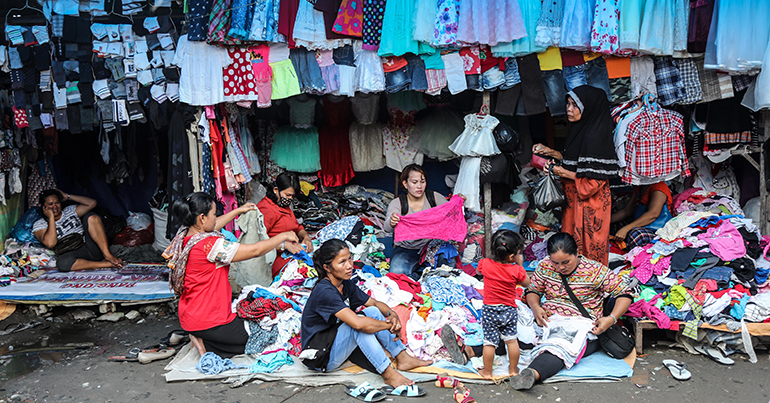East Asia has become “the most successful region” for development over the past several decades, as countries have transformed their poor agricultural economies and launched themselves from low-income to middle-income status. Through policies focused on strengthening basic human capital and providing sound economic governance, East Asia has seen more than a billion people rise out of poverty since the turn of the century.
At a conference in Kuala Lumpur on Monday, World Bank representatives explained that East Asia’s continued development is not guaranteed in the future.
“Despite this progress, countries in the region still have significant gaps in labour productivity, human capital, and living standards compared to high-income countries,” said Victoria Kwakwa, World Bank vice president for East Asia and the Pacific, speaking in Kuala Lumpur.
The World Bank’s latest report, titled ‘A Resurgent East Asia: Navigating a Changing World’, intends to recognise that “what has worked so well so far may not be sufficient going forward”, according to Kwakwa.
Currently, 90% of East Asia’s population live in ten middle income countries, which include China and Mongolia as well as Southeast Asia’s Cambodia, Indonesia, Laos, Malaysia, Myanmar, Thailand, Vietnam and the Philippines. According to the World Bank’s recent findings, several of these countries could reasonably expect to achieve high-income status within a generation or two – but they’re going to need to turn their attention inward if they hope to achieve this milestone.
“[In the past], a combination of policies that fostered outward-orientated, labour-intensive growth… has delivered rapid and sustained growth,” said Sudhir Shetty, World Bank chief economist for East Asia and the Pacific. “But building on those gains may prove particularly challenging in the face of rapid changes in the world and in the region.”
“Policy makers will need to adapt elements of the traditional East Asian development model to effectively meet these emerging challenges,” he added.
Many governments in the region have set ambitious goals for their economic progress, but if they are to reach these goals, the report urges that governments must pump more funding into the domestic economy. While several countries in the region are already focused on strengthening business and regulatory environments, the report notes that there is a growing need for service sector reforms, stronger trade agreements and improved access to financing for small- and medium-sized enterprises.
Many East Asian countries remain focused on developing basic skills among their citizenry, but rapidly changing technologies will require East Asia’s local populations to build on their skills and become digitally literate. To this end, policymakers will need to launch programmes to help train vulnerable, unskilled labourers in new professions, and will also need to provide affordable access to digital technologies for their citizens.
The report also highlights a strong need for the strengthening of state institutions through enhanced citizen participation, increased transparency, and greater government accountability – all of which have been historically weak in East Asia.
“Although the precise nature and pace of change remain uncertain, the reality is that change is happening, and ignoring it is not an option,” the World Bank stated in a press release about the report. “Unless policy makers in the region act decisively, they run the risk of missing opportunities to sustain East Asia’s remarkable development performance.”


